Most reblooming roses, such as floribundas and hybrid teas, will need spring pruning to encourage new growth.
Pruning can sound scary, especially if you’re new to roses and you feel like Freddy Krueger when you’re standing over your rosebush trying to figure out where to make the first cut.
Fear not. If you’re a beginner, you’ll make pruning mistakes, but the roses are going to survive them. Even if you’re a skilled rosarian, there are always new things to learn about roses and their care.

Jump to:
- Why Do Roses Need Pruning in Spring?
- What You Need to Prune Roses (Supplies & Equipment)
- Make Correct Cuts on the Rose Canes
- 11 Pruning Steps for Any Rose
- Guidelines for Pruning Each Rose Type
- Roses That Should Be Cut Back in Late Winter/Early Spring
- Roses That Should Be Cut Back After Blooming (About Midsummer)
Why Do Roses Need Pruning in Spring?
Pruning benefits the rose. What will a pruned rose give you?
- Better flower quality
- MORE flowers!
- More air circulating inside the shrub, cutting down on fungal diseases.
- The rose is more compact.
- Pruning roses will rejuvenate them.
A caveat: Not all roses should be pruned in spring!
Roses that bloom all year long, such as hybrid teas, floribundas, grandifloras, should be pruned back every spring. Larger shrub roses or landscape roses don’t need to be pruned as much as hybrid teas but would benefit from a little attention.
(We’ll have plenty of information on how to prune each of these roses below.)
What You Need to Prune Roses (Supplies & Equipment)
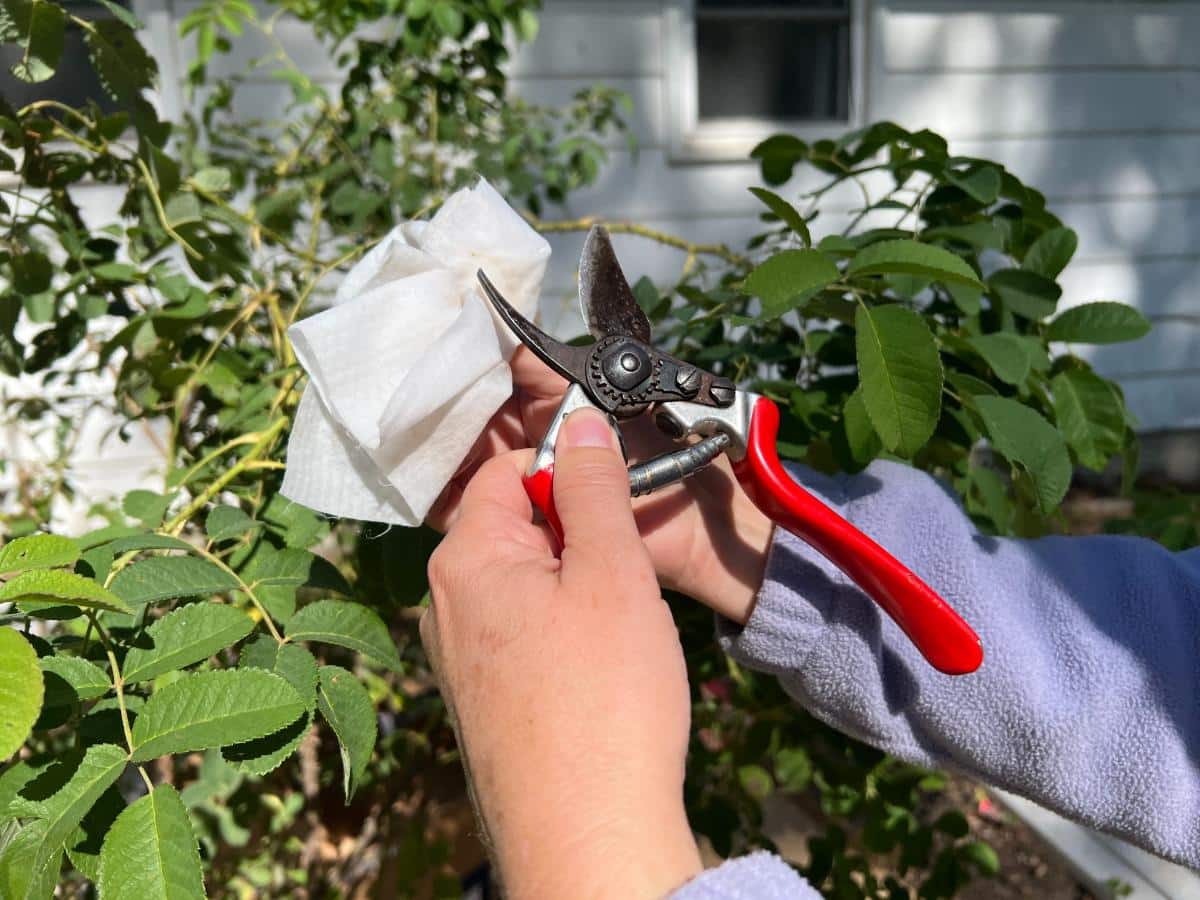
Rose Gauntlets
Any time I use regular gloves when working with roses or raspberries, it doesn’t matter if I’m super careful because my arms always look as if I’ve been fighting wildcats. Rose gauntlets protect your forearms from all those grabby thorns.
Pruners or Secateurs
These handheld clippers are the most valuable tool in the rose garden. I always work on roses with the Felco pruners that I got for my bridal shower in 1995, and they’ve never let me down.
Loppers and Saw
These long-handled loppers are used for large canes that regular pruners can’t handle. The pruning saw is for even larger limbs. You likely won’t need these for hybrid teas, but some ramblers and big shrub roses will require them.
Whetstone or Sharpener
Cutting tools must be sharp and make clean cuts, so go over them with a good whetstone before marching out to the rose garden.
Disinfectant and a Small Rag
Between roses, thoroughly rub your pruner’s blade with a little rubbing alcohol and a cloth. Rose rosette virus and other diseases could potentially be spread via pruners, but giving them a quick rubbing polish with alcohol will get rid of pathogens that your blade might have picked up.
Elmer’s Glue (or any waterproof sealant)
Put a dab of Elmer’s glue over the cut end to seal the wound. Otherwise, sawflies and other insects will bore into the soft pith of the cane to lay eggs.
Make Correct Cuts on the Rose Canes
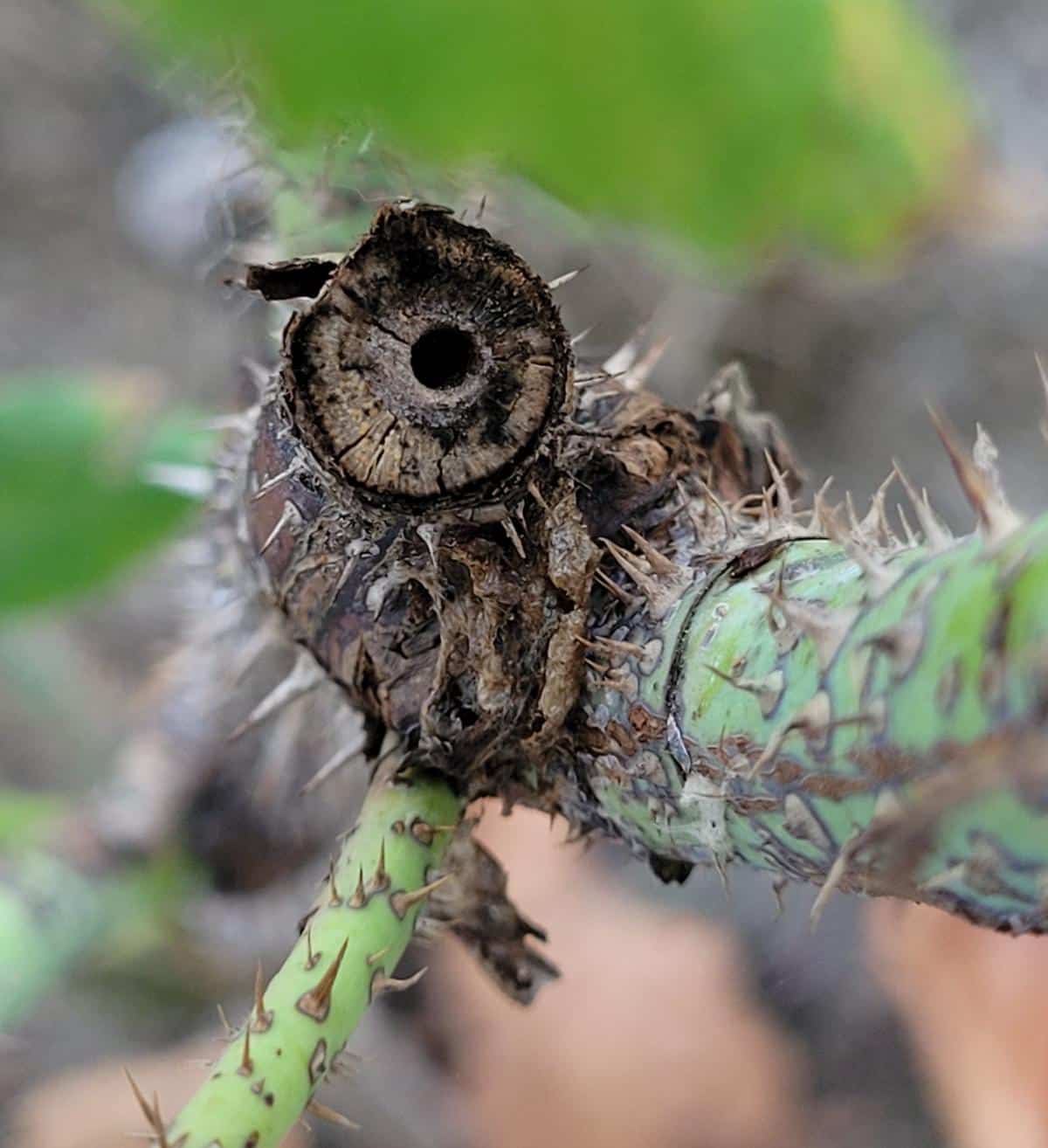
- Cut a little bit above the bud – this is located where a leaf would grow in spring.
- Choose to cut above a bud that faces away from the center of the rose. You want the new growth to grow out, not inward.
- Angle the cut away from the bud, so raindrops roll away from the bud and not into it.
- Always make sure the pruners are sharpened. There should be no fraying – only a clean cut.
- Seal the cut with Elmer’s glue.
11 Pruning Steps for Any Rose
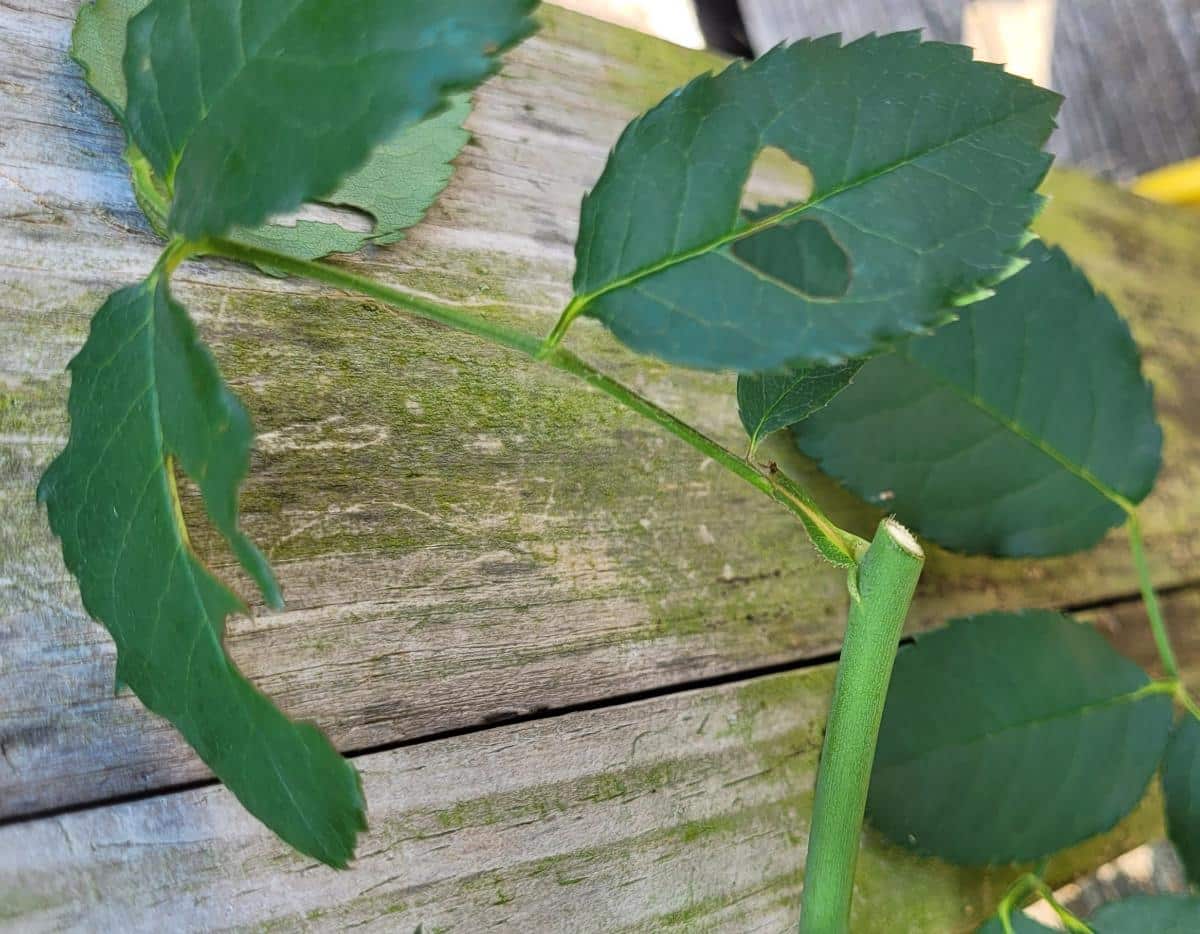
So what happens if you don’t know what kind of rose you have? What do you do if you are dealing with somebody else’s roses?
Then, use these steps until you get to know your roses. These pruning steps apply to any rose, whether it be reblooming or a once-a-year bloomer, whether it’s an old antique rose or a modern rose. These steps will benefit any rose in any season.
Rule of thumb, though: It’s easier to work do these things in winter, when there are no leaves, so you can see the “bones” of the rose and have a better understanding of what needs to be tidied up and what can be left alone.
- If the rosebush is too thick and crowded, take the weakest canes out.
- Prune out canes that are thinner than a pencil. (If you’re working with miniature roses, scale this down accordingly.)
- Remove dead canes. If you’re not sure if a cane is dead, scrape it with your thumbnail to reveal the cambium layer just underneath. If the cambium is green, the cane is still alive.
- However, if the growth coming out of this cane is weak and keeps dying off, just take the whole thing out.
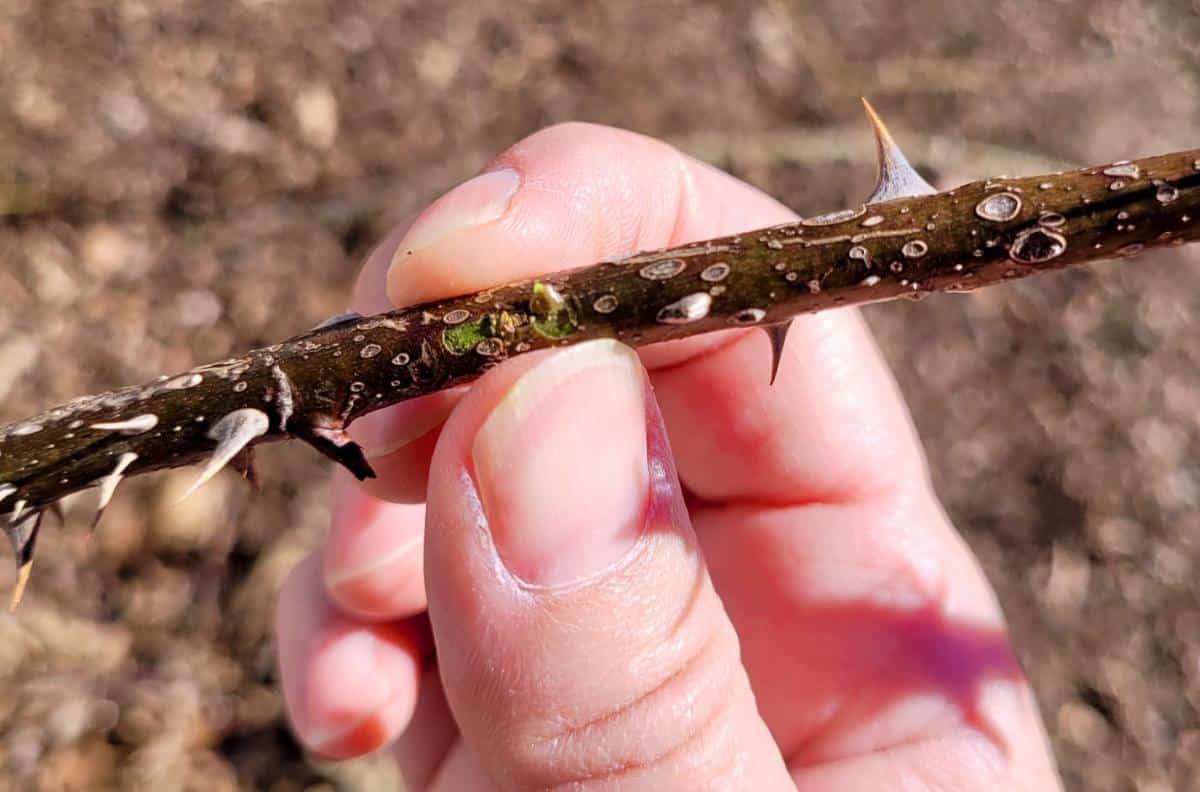
- Remove damaged or diseased canes. Cut a few inches below diseased areas and check to see if the pith is green. If not, keep pruning until you reach green or reach the crown of the rose, whichever comes first.
- Cut off suckers. If you have a rose that’s been grafted onto a rootstock, sometimes the rootstock will send up a bunch of suckers. Then, the confused rose owner sees a bunch of long, non-flowering canes among their blooming canes. Find the bud union on the neck of the rose, which looks like a swollen knot. Any canes growing from below this should be cut off. Cover the bud union with soil to keep this from happening again.
- Own-root roses will also sucker, which is fine if you want to grow a big hedge. If garden space is limited, cut the suckers so the rose doesn’t take over the world.
- Remove canes that aren’t tall enough to flower.
- Cut out canes that crisscross and rub against each other.
- Get rid of canes that are growing too close together.
- If the inside (or pith) of the cane is brown, cut the cane back a little at a time until you see green.

Guidelines for Pruning Each Rose Type
The above list should be applied to every rose that you’re pruning. Once all those branches are cut out, finish the task using the directions below for each rose type.
Remember that reblooming roses bloom only on new wood. Old garden roses bloom on last year’s canes. In general, any reblooming rose should be cut back, even a little, in early spring. Any once-a-year bloomer should be cut back in mid-summer after their yearly flush of bloom is over.
Read on for guidelines for each rose type.
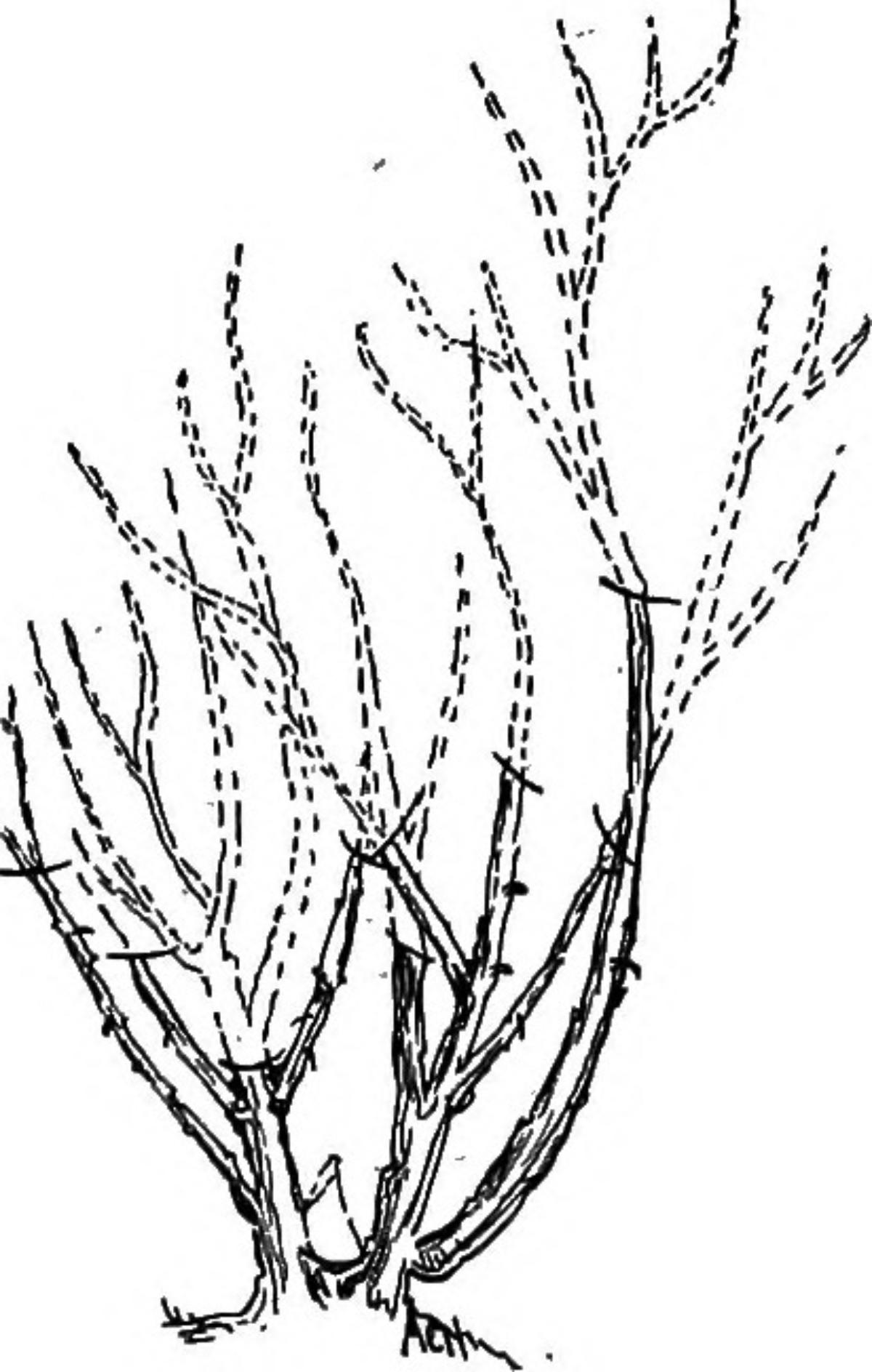
Roses That Should Be Cut Back in Late Winter/Early Spring
Roses that fall into this category are the reblooming roses:
- Hybrid teas
- Floribundas
- Grandifloras
- Modern shrub roses
- Antique or Old Garden roses (only rebloomers)
- Climbing roses (only rebloomers)
- Groundcover roses (only rebloomers)
How to Prune Hybrid Teas, Floribundas, and Grandifloras
These reblooming roses bloom on new growth, so pruning them back will encourage growth. Cut them back in late winter or early spring when the buds start swelling. Then, it’s easy to see what growth is new and healthy and which canes are dead or non-vigorous.
Each cane should be cut back by ⅓ to ⅔ of its height, ending above a bud that faces outward. When finished, the rose is about a foot tall.
Knock-Out roses should also be cut back so they’re a foot tall.
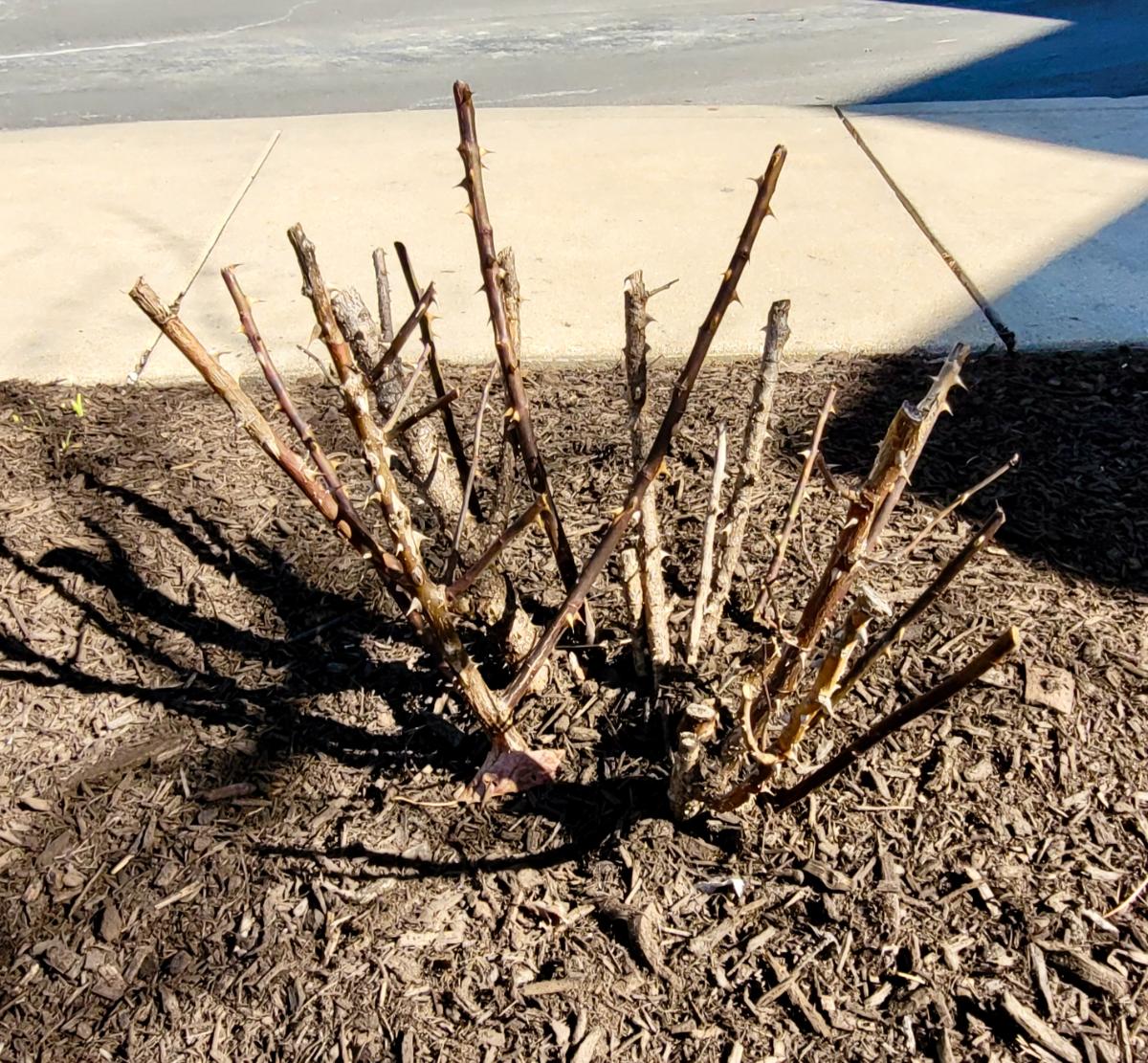
How to Cut Back Repeat-Blooming Shrub Roses
This group encompasses the large reblooming roses, such as Modern shrub roses and older reblooming roses. For example, the Penelope rose, a hybrid musk bred in 1924 (how is this rose 100 years old?), blooms all year and would fall into this category.
Repeat-blooming shrubs are a little different than the first group. These bloom on new growth and also on side laterals on canes that are one or two years old – so focus on increasing vigor by pruning canes back by a half. Then, cut the laterals back to two or three buds. Take out branches older than three years because older growth is less vigorous.
How to Prune Climbing Roses
Part of pruning a reblooming climbing rose is 1) training it in the way you want it to climb and 2) removing the canes that are going in the wrong direction. So this means….
- During the first three years, let the rose grow, removing only dead, diseased, or damaged wood. After that, cut the laterals back to two or three buds (about six inches). On old climbers, take out old, unproductive canes.
- Cut back any canes that are growing out and away from the trained growth. That includes canes that will trip you as you pass and canes that will not bend back to the wall, arbor, or trellis.
- Cut back canes that crowd the other canes.
- Like apple trees, roses will bloom most thickly along horizontal branches. Branches that grow straight up should be tied in a way to make these canes grow sideways so they can bloom along their entire length. If tying them this way isn’t possible, cut them off because these upward-growing branches will bloom only at the end of the cane.
How to Prune Groundcover Roses
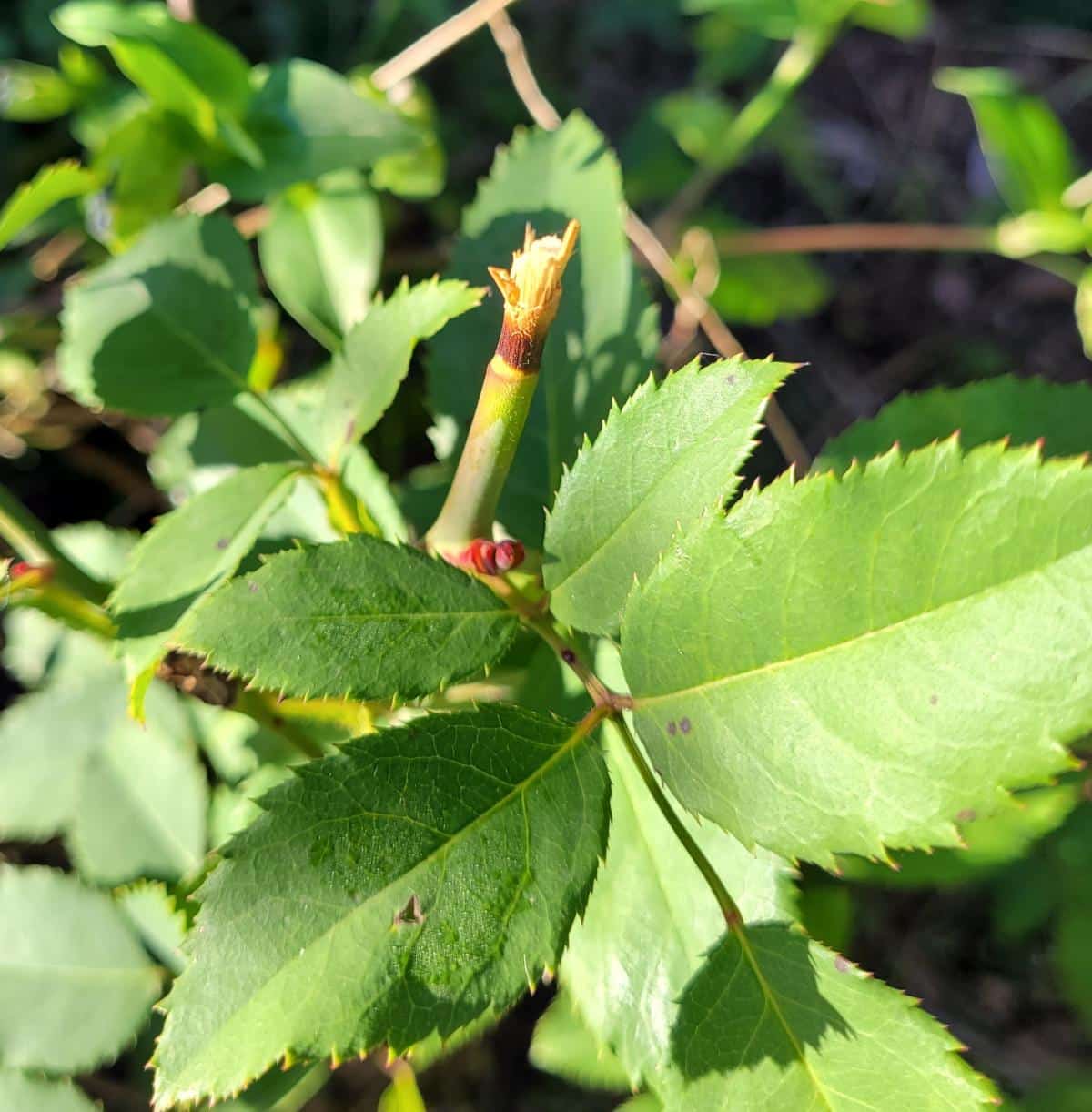
These roses were bred to be carefree. For the most part, these will be pruned so they can keep a compact shape and encourage thick blooming. Cut the strong canes back by a third, trim out diseased or dead canes, and snip back other canes.
Roses That Should Be Cut Back After Blooming (About Midsummer)

Once-Blooming Antique Roses
Many antique or heirloom roses fall into this category. These roses bloom once a year, overflowing with a huge flush of blossoms in spring, then are done flowering until next spring. However, in the fall, their buds are preparing the embryo flowers for next spring.
So, don’t prune old roses in spring. Wait to prune them until a month after they have finished blooming – usually about mid-summer. Then, cut them back by a third. Remove old canes and open up the inside of the rose by trimming thin canes and dying branches.
However, the large shrub roses that bloom once a year, such as the rugosas, will do fine if you merely shape the rose with shears. Or, if you enjoy the big orange hips at the end of the year, just let them grow and remove only the dead, diseased, and disfigured canes.
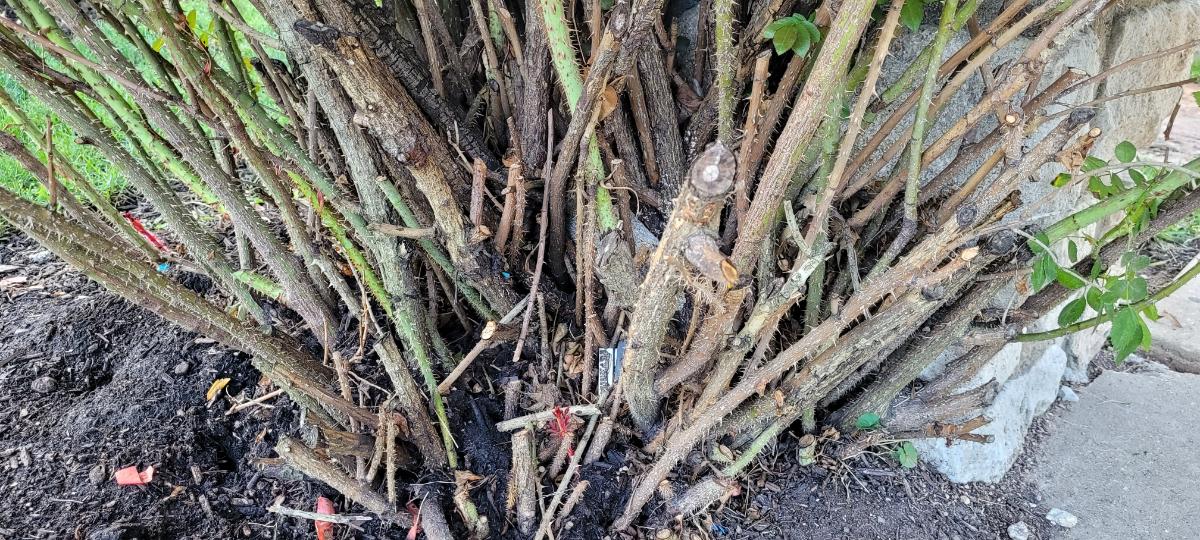
Now, some of the huge old shrub roses (like this William Baffin) have an unworldly amount of vigor that’s hard to keep up with! They will accumulate an ungodly amount of deadwood.
Go in with loppers and maybe a hard hat, and do your best to remove some of the dead canes out of the center of the rosebush. Roses like William Baffin will fight back like tigers, but they’ll look better when it’s cleared out.

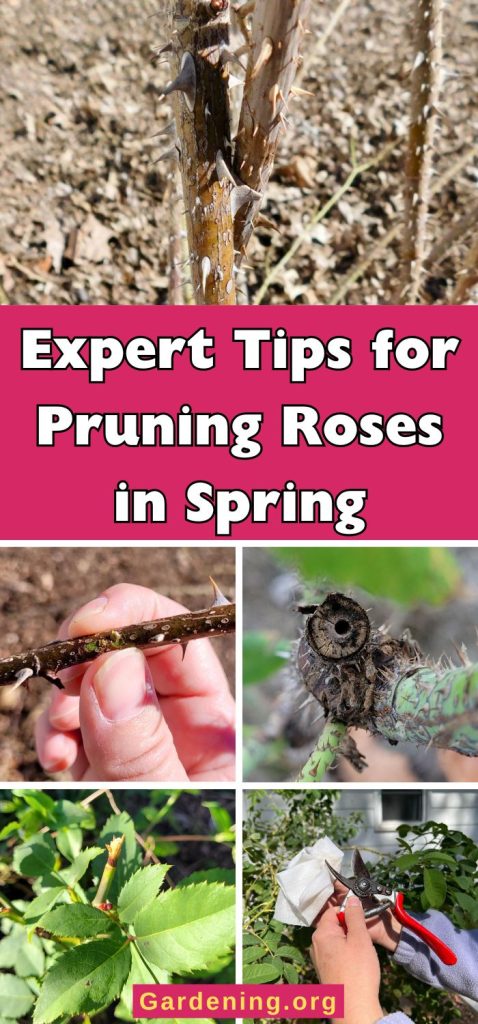

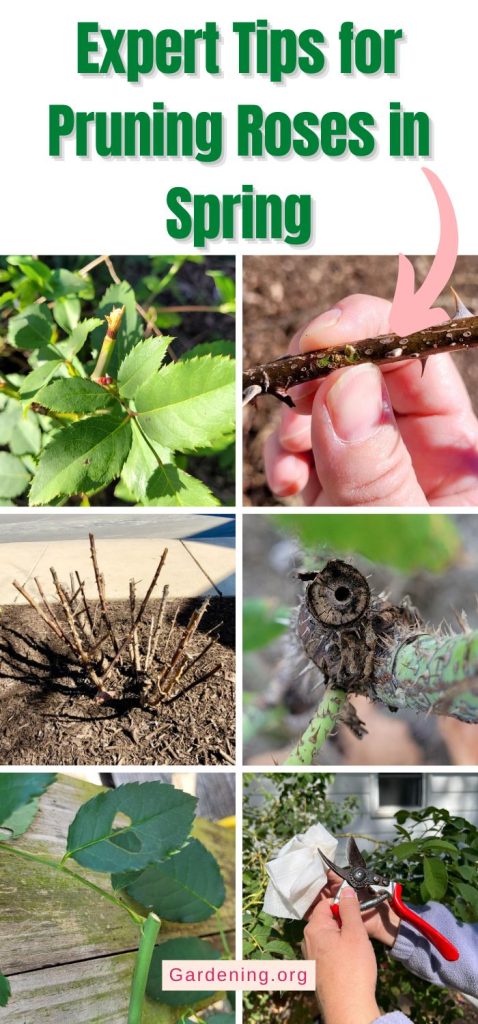
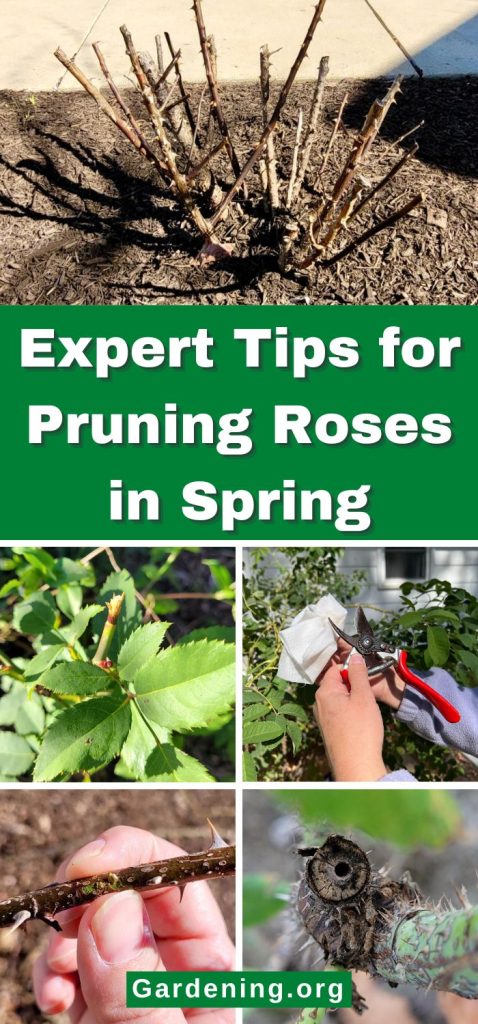




Leave a Reply